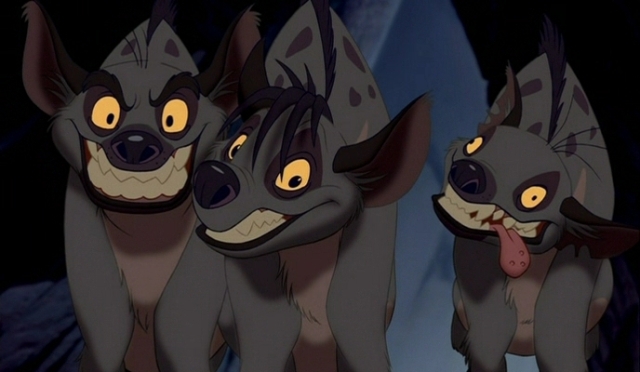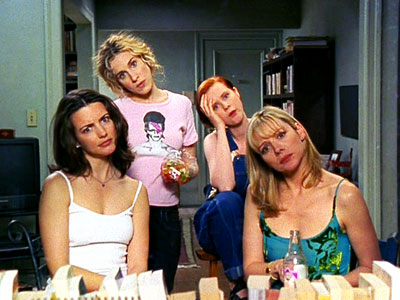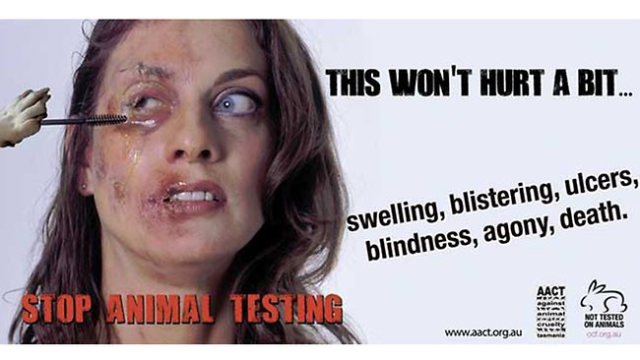“Disney Films contribute to the cultivation of a child’s values, beliefs, dreams, and expectations, which shape the adult identity a child will carry and modify through his or her life” (Towbin A, Haddock A, Zimmerman T, Lund L & Tanner L, 2008).
As a child, the clearest memories of movie nights with my siblings and friends always involved Disney. From 3+ I use to dress up and waltz around my house imitating the character I was infatuated with at the time. One day I would want to be Tinkerbell from Peter Pan, and the next I would be dressed as Cinderella and driving my parents crazy with my princess like antics. My mother use to refer to me as a sponge, because every little word or idea you would throw at me I would absorb, and Disney was no exception. It wasn’t until I became older and stepped away from this playful game that Disney’s innocence was stripped away and the dark side of this multi billion dollar company with unmasked. Sadly, what I am confronted with when looking at these movies today is a collection of poorly stereotyped racial paradigms that depict and degrade certain cultural backgrounds.
Take The Lion King for instance, a global phenomenon that had a production budget of $45 million and an estimated domestic total gross of $312,855,561. This animated feature film was, and still currently is, a major success with children, as it closely follows the adventures of a young and curious lion cub that is the heir to his fathers thrown. Alike various Disney films, the plot follows the ‘good’ vs ‘evil’ scenario where the ‘good’ animals that everyone loves always triumph over the baddies that everyone despises. However, what is particularly interesting in this film and raises a major cause for concern is the racial stereotypes that these ‘evil’ characters illustrate.



2.49 – 4.40
Living in a multicultural society today, I strongly feel that it is absolutely vital for children to understand the concept of cultural diversity. As a child, I admired the characters I watched on screen and at that young age, I guess I even aspired to be like them. Taking a step back and analysing the representations in these films, I’ve found that it is more important than ever before that companies endorse positive and realistic illustrations of the wide range of cultures we are lucky enough to be surrounded with. Imagine being a young child and experiencing racial torment or segregation based on the way these films analyse your culture. I don’t know about you but I find that to be completely unsettling.
I think it’s important that we remember – children do have minds like sponges, and they will absorb exactly what you share with them, so make it the right message.






